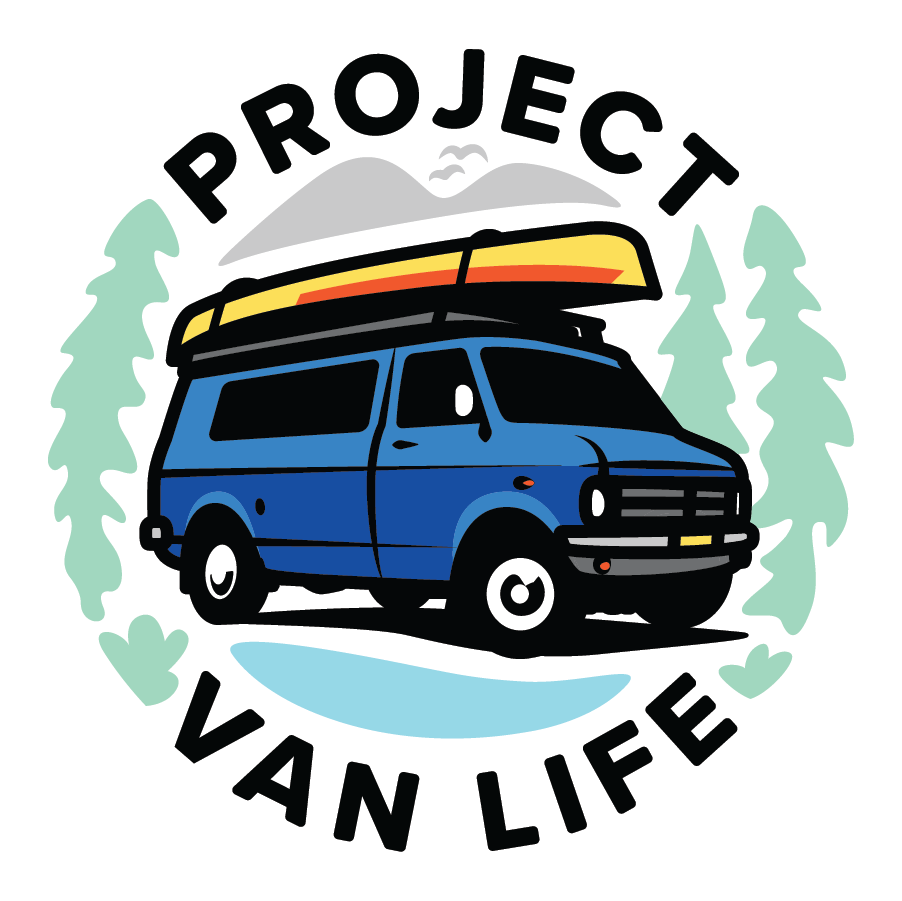There are plenty of different ways to use your van, but boondocking is by far one of the best ways to experience what your van was made to do. From dispersed camping on BLM—Bureau of Land Management—lands in the backcountry to moochdocking in your kids’ or parents’ back yards, boondocking is what your van was made for—and so much more.
Boondocking Defined
Boondocking is simply dry camping or camping without any hook ups—i.e. electricity, water, sewer. This might seem a little intimidating at first, but we will help you get started on your boondocking journey as we progress through this piece.
Boondocking is often connected to the term boondocks—also known as “the boonies.” And while it is true you can take your van out into the boonies, it doesn’t mean you have to be “out there” if that isn’t your thing. But isn’t it nice to know you could if you wanted to?
In this course, we’ll talk all about boondocking. We will outline all the reasons you should learn to boondock, help you prepare, and show you some baby steps to get started. Plus, we will help you navigate around the pitfalls that are often associated with boondocking.
This Course Is Brought to you by Harvest Hosts
Harvest Hosts is the largest, most fun Vanlife/RV camping membership in North America. With a Harvest Hosts membership you can get unlimited overnight stays at up to 4,000+ farms, wineries, breweries, attractions, and more with no camping fees all over North America.
Harvest Hosts started as a way to help millions of people live happier lives through road travel, while supporting wonderful small businesses and communities along the way. And since their inception in 2010, they’ve become one the fastest growing companies in North America, and have received multiple awards along the way.
Throughout this course you will find links to sign up for a Harvest Host memberships. Clicking any of our links within this course will grant you an exclusive 15% discount.
Note: We are affiliates for Harvest Hosts, but only because we really love the value they provide for the community through their memberships.
Presented by Tory Delury
Tory Delury is the Social Media Manager here at Project Van Life and has been living vanlife for over 2 years. She's dedicated to creating helpful educational content for vanlifers and those aspiring to become vanlifers. This educational content is often created from her own personal experiences as a vanlifer and also from interviewing other experts from within the vanlife community. She's also the host of Project Van Life's podcast: Vanlife Unfiltered.
without further ado, let's dive into it...
Boondocking Essentials
First and foremost, you’ll need a self-contained vehicle. This means an RV, van, or bus that has everything one would need to sustain life—power, water, and waste solutions—independent from hookups or services for a set period of time.
Power Supply
Your power supply is more than a few hours of charging your phone. You’ll want to be able to do most of the things you can in your home—cook, clean, bathe, have climate control, etc. This can be done by harvesting power from the sun, storing it in batteries, utilizing a generator, or a combination of these.
Water Supply
The ultimate sustainer of life is obviously essential. Having enough water to enjoy life without constantly worrying is a definite perk. After all, you aren’t on a backpacking trip. Most RVs have a large water reservoir on board. You can complement that storage by bringing extra jugs of drinking water, adding a secondary reservoir, reducing water usage, or a combination of these.
Waste Storage
One thing we simply do not think about when living in our traditional homes is wastewater—a.k.a. sewage. While we are used to considering trash, we typically do not think about where our bodily waste goes—the black water tank—or where our dirty dish water goes—the gray water tank. These are things people need to think through when staying off grid for an extended period of time.
Where Can I Boondock?
There are a lot of different ways you can boondock. Here are some of the terms and places to consider when searching for boondocking locations.
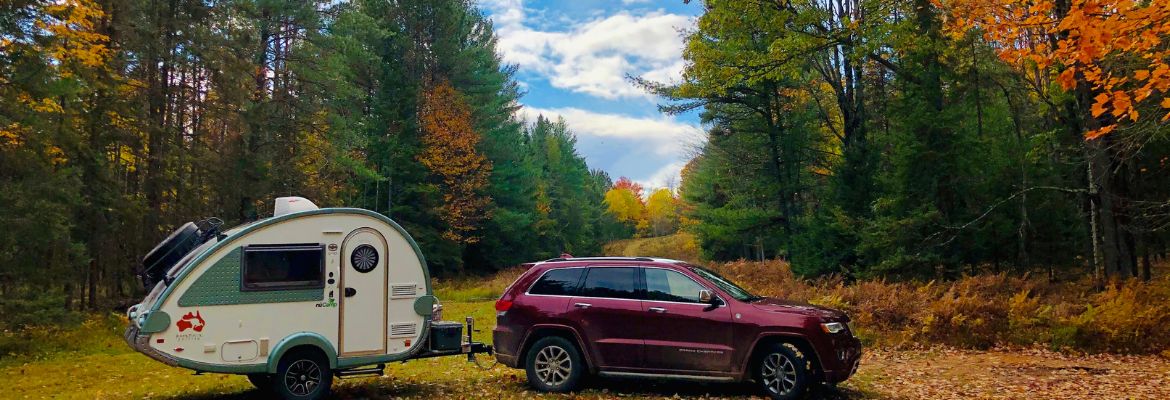
Moochdocking
This is the easiest way to get started. It is setting up your campervan at a friend or family member's house, and mooching off of them. “Moochdocking” is typically considered mooching because you are borrowing power and/or water, but it is a great way to get started with boondocking. Simply set up your van—without hookups—and see how long you can last while knowing you are only a short walk to a hot shower.
Wallydocking
This is traditionally considered overnighting in your van at a Walmart, but it applies for any retail space that permits free overnight parking. Some of the best retail spaces to “Wallydock” at are Walmart, Cabela’s, Bass Pro Shop, and Cracker Barrel.
BLM and USFS Lands
BLM (Bureau of Land Management) and USFS (United States Forest Service) lands are some of the most popular free spots to boondock in the western United States. If you aren’t familiar with these lands, they are often very remote and offer seclusion for people looking to just get away.
Rest Areas
It isn’t uncommon to pull into a rest area in the middle of the night and see a line of RVs and vans parked in the lot. This is common for travelers going from here to there—but only if they haven’t heard of Harvest Hosts...

Harvest Hosts and Boondockers Welcome
These are by far the two most innovative, fun, cost-effective and widely available solutions.
Harvest Hosts partners with local businesses to open up their properties for self-contained RVs to park overnight in hopes of gaining business from that individual or family. These locations are all very unique places like farms, wineries, breweries, golf courses, and more.
Boondockers Welcome is a membership program similar to Harvest Hosts. It is made up of individuals opening up their private residence for people to park overnight. This is one of those “Vanlifers helping Vanlifers” situations where you can get some good sleep on the road. Think of it like AirBnb for vanlife or RV life. Use code 'BWFRIENDS15' to get 15% off this membership.Is Boondocking Legal?
Boondocking on public BLM land, USFS land, and other publicly-owned lands is typically legal—unless otherwise marked. With that being said, there are usually limitations to the amount of time you can stay before a ranger might ask you to vacate the area. It is best to know the place you are headed, and find out their local laws and regulations.
With a membership like Harvest Hosts or Boondockers Welcome, you know exactly what is expected of you, how long you can stay, and you never need to question it. Which is why utilizing a Harvest Hosts membership makes all sorts of sense for people just getting started in the boondocking lifestyle.
Is Boondocking Safe?
One common misconception is that boondocking is dangerous. In actuality, boondocking is safer than you might think. By isolating yourself from other humans—the only people able to commit actual crimes—you are actually safer. But this reality doesn’t always make us feel safe. With most of us living in closer proximity to a dense population, the” boonies” can feel quite vulnerable. And that is what might make it feel dangerous.
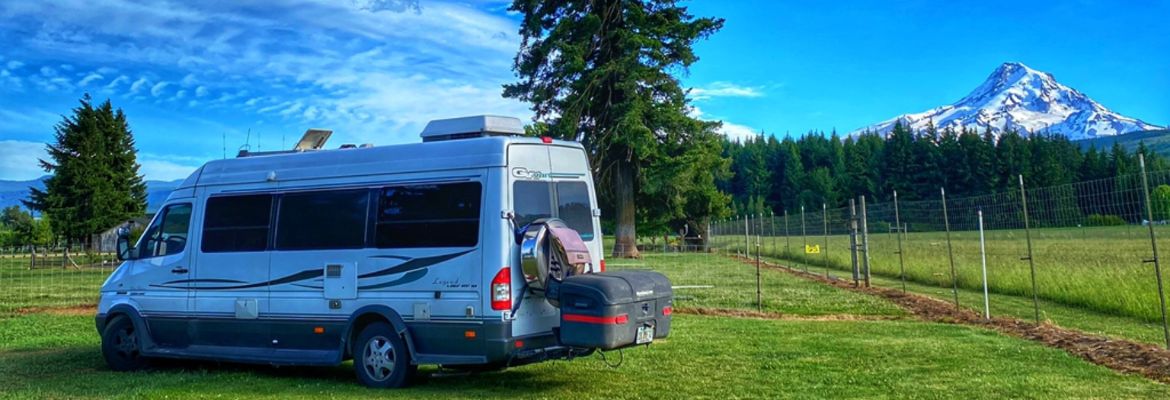
But just because it’s safer doesn’t mean the feeling of vulnerability is easy to overcome. Getting to the point where you are comfortable being by yourself, with your own thoughts, and trusting your ability to care for yourself can be a difficult process. But it is for this very reason that learning to boondock is absolutely worth fighting through those fears and anxieties. You get to see what you and your RV are truly capable of when you are boondocking.
How to Boondock Responsibly
Responsible boondocking is easy—but there are a few common courtesies that might not be overtly obvious when you are just getting started. So let’s take a look at some of these unwritten rules.
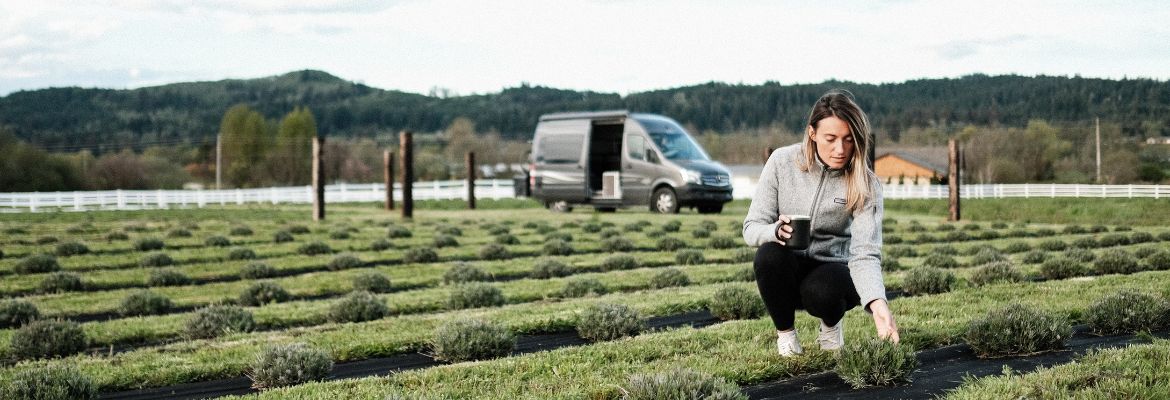
1) Leave Space
When boondocking in the remote areas, people are there to get away. Unless you are traveling with some friends, you will want to make sure you don’t take the site right next door to someone who is already enjoying their space.
2) Be Courteous
There are always going to be knuckleheads who don’t know when to quiet down at night—just make sure you are not that person. Observe reasonable quiet hours. And be aware that a lot of people go out to see the stars—maybe to see the Northern Lights, or catch a glimpse of the Milky Way. If you have outdoor lights on at night, you are contributing to light pollution that ruins that experience for others.
3) Don’t Create New Spaces
Most USFS and BLM lands have established sites. Do your best to not create new sites that are crammed together. And of course, only camp in designated areas.
4) Leave No Trace
This is a rule for camping, hiking, and any other outdoor adventures. Do not leave signs that you were there besides some tire tracks. If you take something into nature, make sure to take it back out with you. There are fewer and fewer USFS and BLM lands that are permitting boondocking because people are misusing that land.
5) Obey Local Fire Restrictions
Being aware of where you are and the fire restrictions in place is of the utmost importance. Year after year wildfires breakout because human beings neglect to observe proper fire safety.
Boondocking Best Practices
These aren’t specific boondocking rules, but they will help you have the best time possible. Here are some best practices to consider.
Conserve, Conserve, Conserve
Conserve power by not using lights and other electrical components unnecessarily. Conserve water with short showers, quick washing of hands—or maybe just use hand sanitizer. And conserve gray water by pre-rinsing fruits, vegetables, and other items before heading out to go boondocking.
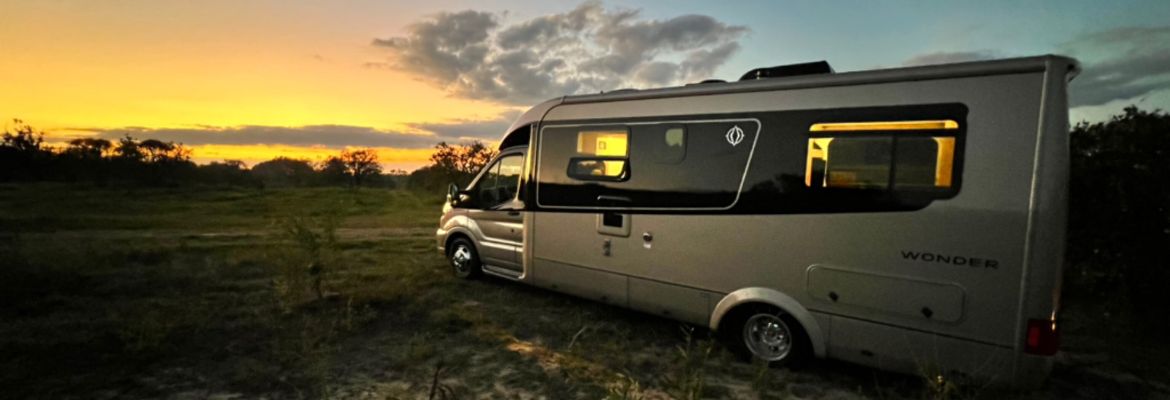
Scout Out a Spot
Before you drag your fifth wheel, A or B Class motorhome down some dirt roads, you might consider unhooking and going on a scouting mission. The last thing you want to do is find out there isn’t a spot to boondock—or even worse turn around.
Have the Right Mindset
Having the right frame of mind when going boondocking is imperative. If you head out to a remote boondocking site and expect to have all the amenities of home—without limitations—you will be disappointed. However, if you go boondocking with the understanding that it is about being out in nature, enjoying peace and quiet, or having some drinks with friends—it’s a totally different story!
Pros and Cons of Boondocking
As with everything, there are pros and cons to boondocking. But the good far outweighs the bad when you are considering your next RV trip.
Pros
Cons
Tips and Tricks to Ease into Boondocking
With anything new, there is a learning curve—and boondocking is no exception. However, there are ways to ease yourself into the process, and slowly become more confident in your ability to locate great spots, be aware of limitations, and relax while doing it. Here are some of our tips and tricks to get started.
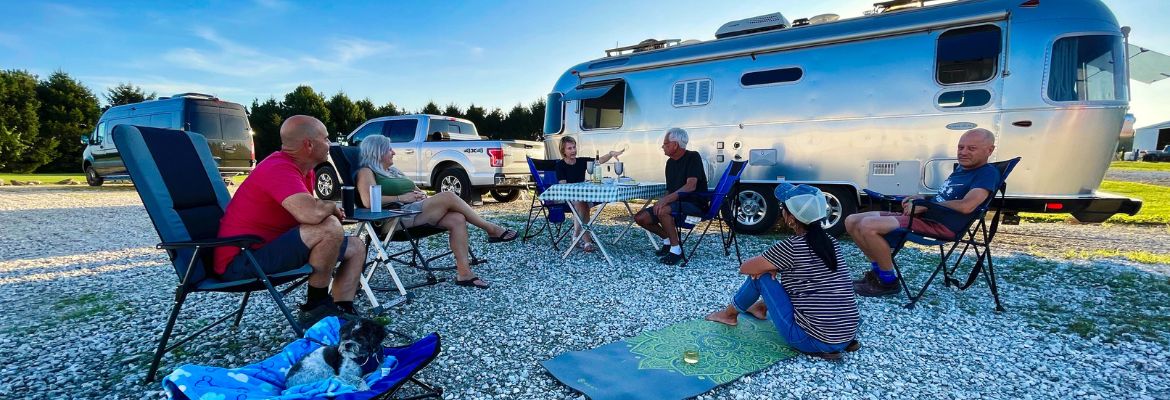
1) Start Close to Home
Going from a FHU (full hookups) campground to boondocking on some remote BLM land in Arizona isn’t the best idea. There are steps you can take along the way to ease yourself into it. Start at your home, your parents’ home, or your kids’ homes, and work your way toward your end goal.
2) Know Your Campervan
Your Campervan has some limitations. Know how big your fresh water, gray water, and black water tanks are before you get too far away from hookups. Another piece of information you’ll need to know is the size of your batteries.
3) Download Maps
Depending on where you are going, there could be poor—or no—cell reception. Having routes identified and downloaded ahead of time is always a good idea.
4) Plan Short Trips
You don’t need to go from nothing to month-long—or even week-long—trips. Go out for a few days and see what you think. Pick a place you are familiar with and excited to check out. Having spaces to look forward to will help you forget about anxieties or worries.
How Can Harvest Hosts Help?
Finding a company that helps you ease into the process is always a bonus. And here is how Harvest Hosts can help.
Provides Safe, Legal Locations
Because Harvest Hosts has 7,000+ locations across North America, there are plenty of places nearby to help you experience your next—or first—boondocking experience.
Provides Trusted Information
With Harvest Hosts having experts on boondocking throughout the entire organization, you can find helpful information on our website. This is the perfect tool to help you move forward in your journey to roam freely throughout North America.
Provides a Community
With thousands of Members boondocking all over North America, Harvest Hosts has become a trusted community for boondocking locations, information, and celebrations.
